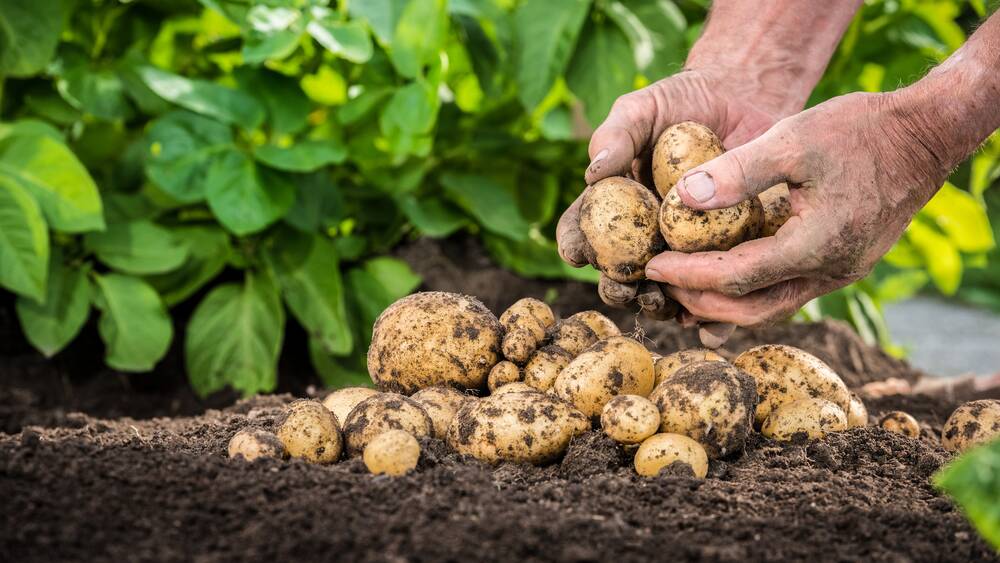
Hunter River White, Odourless and the pickling onion Barletta can be planted as well as cabbages, broccoli, Brussels sprouts , leeks, kale, snow peas and cauliflowers. Iceberg lettuces excel in the cooler months.
Subscribe now for unlimited access.
or signup to continue reading
Patio roses are larger and more vigorous than miniatures with masses of single or double flowers in repeat flushes. Whether planted in containers or as standards lining a pathway they always impress.
Hostas and hellebores with their decorative foliage look great planted beneath large trees.
Lilium bulbs
Over crowded lilium clumps can be lifted and divided. Bulbs must be planted immediately or stored in a plastic zip lock bag containing damp sand or peat moss and placed in the crisper of the refrigerator until planting.
Great for shady spots
Primula malacoides loves the cool, shorter days of winter which makes it a popular plant during late winter and spring. Great for shady spots or those with dappled morning sun primulas combine beautifully with other small annuals and spring bulbs and will happily produce masses of dainty flowers in white through pink to magenta.
Australian plant breeders have worked for many years to improve the old small flowered, straggly, pale lavender type resulting in a number of beautiful new varieties.
A popular choice
Echinopsis is a South American plant with shiny, green leaves and funnel shaped white to pink flowers and is very popular due of its hardiness.
This beautiful cacti is well suited for container growing and can often be seen positioned on a window ledge. Plants requite plenty of water during the summer months but should be kept fairly dry in winter.
Japanese iris
The Japanese iris has been grown in Japan for over 500 where they are usually grown in wet areas which enhances their blooming abilities.
These moisture loving irises have large, ruffled flowers in white, pink and purple in varying patterns and are ideally planted near water features. They like a humus rich, neutral to acidic soil.
Hollow heart
The condition known as hollow heart in potatoes is seen as an irregular-shaped hole in the centre of the potato. This empty area usually has a brown discoloration and is not seen until the potato is cut in half.
Hollow heart is caused when environmental conditions fluctuate rapidly during tuber development. Inconsistent watering, large fertiliser applications or rapid fluctuations in soil temperatures are the main causes.
To minimise this problem implement a consistent watering regime, apply a deep layer of mulch and apply fertilisers in several small applications.













